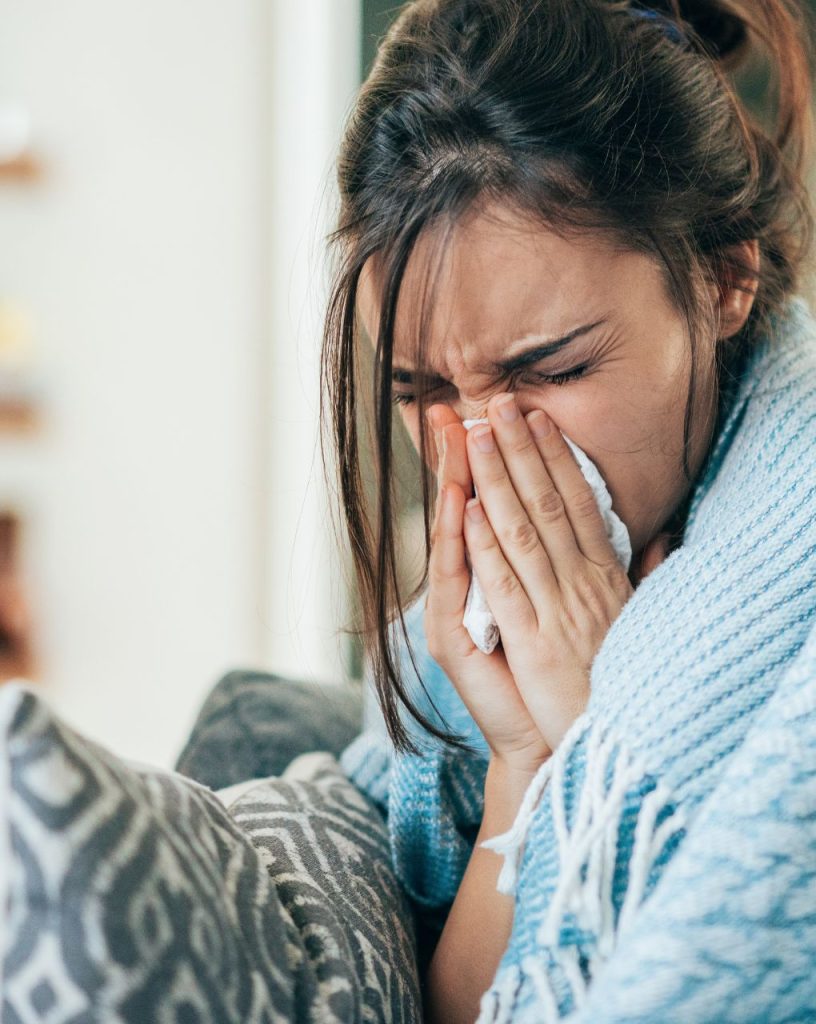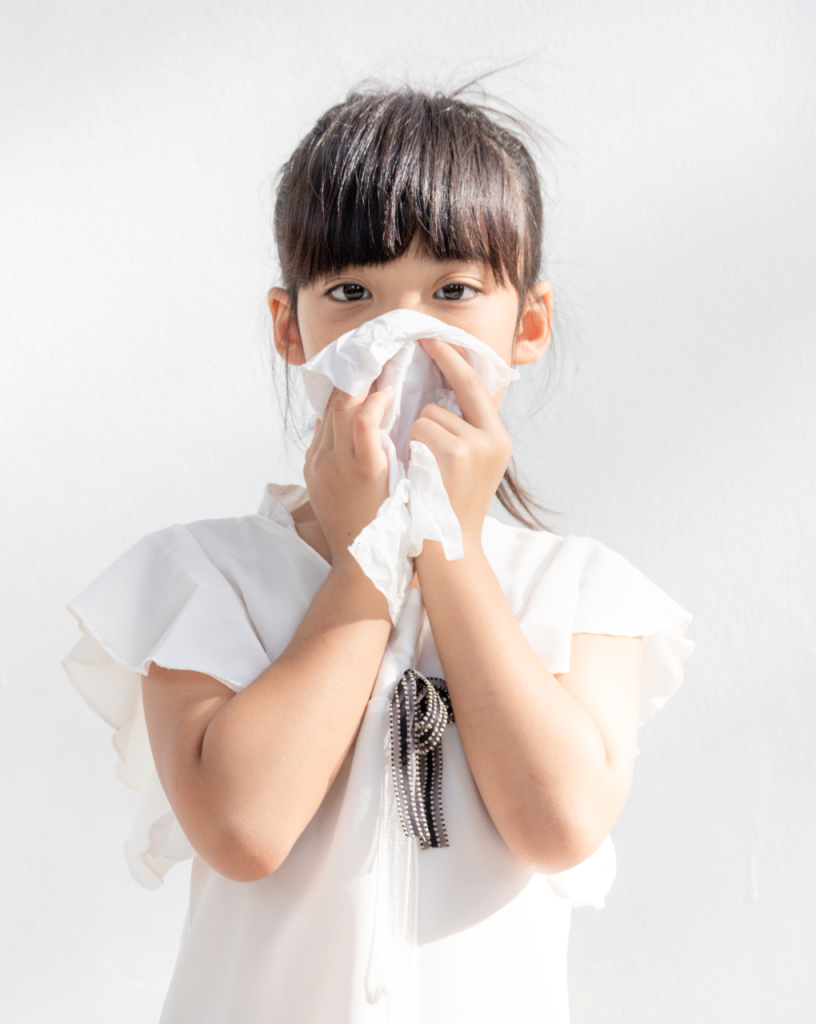- Home
- Health Topics
- Health Tips for Winter
Health Tips for Winter

With cooler temperatures, shorter days and respiratory virus season, winter may bring changes to our health. Many of us may find it hard to get enough physical activity. The snow and ice can create hazards that can make walking, playing and working outdoors difficult. Many of us will come down with the flu or catch a cold. Throughout the winter, it is important that we continue to stay active, eat healthy, and take care of our families and ourselves.
Learn about staying healthy and safe this season.

Prevent the Spread of Illness


Immunization Reporting
- How to submit your immunization records online Immunization Reporting | HealthUnit Haldimand-Norfolk (hnhu.org)

COVID-19 Boosters
- As of July 7, 2023, the Ontario Ministry of Health recommends people ages five years and over, should wait to get a booster dose this fall 2023. Infants and children six months to four years of age are not eligible for a booster dose.
- Recommendations for fall booster doses will be available closer to Fall 2023.

When severe winter weather threatens, Environment Canada issues special alerts to notify Canadians in affected areas so that they can take steps to protect themselves and their property. Check out Environment Canada's page on winter weather to learn more about the various weather alerts
Prepare an emergency kit and keep it in your vehicle. Refresh the supplies for winter. For example, add an extra blanket or new food items. Use the following list for ideas.
Shoveling snow can be good exercise when performed correctly. Shoveling can also be harmful when someone tries to take on more than they can handle. Before you go outside to shovel:
- Talk to your doctor if you have a history of heart trouble to make sure it is safe for you to shovel snow.
- Drink plenty of water. (You can get dehydrated in cold weather too!)
- Dress warmly, and dress in several layers so you can remove a layer if needed.
- Avoid caffeine and nicotine as they can put extra strain on your heart.
- Warm up muscles in your arms and legs. Walk around for a few minutes and stretch your arms and legs. Warm muscles are less likely to get injured and work more efficiently.
Once you are outside shoveling:
- Take it slow! Pace yourself and take breaks.
- Don’t pick up too much snow at once. Use a smaller shovel, or only fill the shovel part way if you use a large shovel.
- Push the snow as you shovel—it is easier on your back.
- Protect your back. Bend from the knees and lift with your legs bent. Stand with your feet about hip width apart for good balance and keep the shovel close to your body.
- Try not to twist. If you need to move snow to one side, move your feet to face the direction you are throwing the snow.
- Listen to your body! Stop if you feel tired or feel tightness in your chest.
Canadian winters can be severe. It’s important to learn how to prepare for cold conditions and to avoid the serious health effects of extreme cold exposure including hypothermia and frostbite.
Who is most at risk?
- Infants and young children.
- The elderly.
- Outdoor workers.
- People with chronic medical conditions or underlying infections.
- People taking certain medications (including beta blockers).
- Winter sport enthusiasts.
- Homeless persons and those lacking shelter or proper clothing.
How can you protect yourself and others from extreme cold?
KNOW THE FORECAST
Extreme cold events occur when winter temperatures drop significantly below average for that time of the year. According to Health Canada, risks from exposure to extreme cold, including frostbite, frostnip, and hypothermia, increase at wind chill values below -27°C.
Environment Canada will issue an alert with an Extreme Cold Warning when the temperature or wind chill is expected to reach -30°C for at least two (2) hours.
Prepare ahead of time: be on the lookout for Extreme Cold Weather Warnings by following:
- Local weather reports
- Warnings from Environment Canada
BE PREPARED
During times of cold weather:
-
Dress warmly in layers and wear a wind resistant outer layer
-
Stay dry and change out of wet clothing as quickly as possible
-
Keep moving (especially your hands and feet) to keep your blood flowing and maintain your body heat.
-
If you are caught outside in extreme cold conditions, look for shelter out of the wind and keep moving to maintain your body heat.
-
Prepare your home by doing regular maintenance. Make sure your heating system is working efficiently and seal all cracks and drafts to keep the heat in.
-
Avoid alcohol (consuming alcohol before you go out in the cold may increase your risk of hypothermia)
-
Watch for signs of windburn, frostbite and hypothermia
-
Seek medical attention if necessary
Carbon monoxide is lighter than air and can move freely throughout your home or cottage at any time of the year. However, the risk is greatest in winter months because most homes in Canada are heated by:
- furnaces
- wood stoves or wood pellets
- water heaters or boilers
- other appliances that run on burning fuels
These devices can release carbon monoxide into your home if they are not installed or maintained correctly, or if they malfunction.
For more info, please visit the Carbon Monoxide Poisoning page from Health Canada


